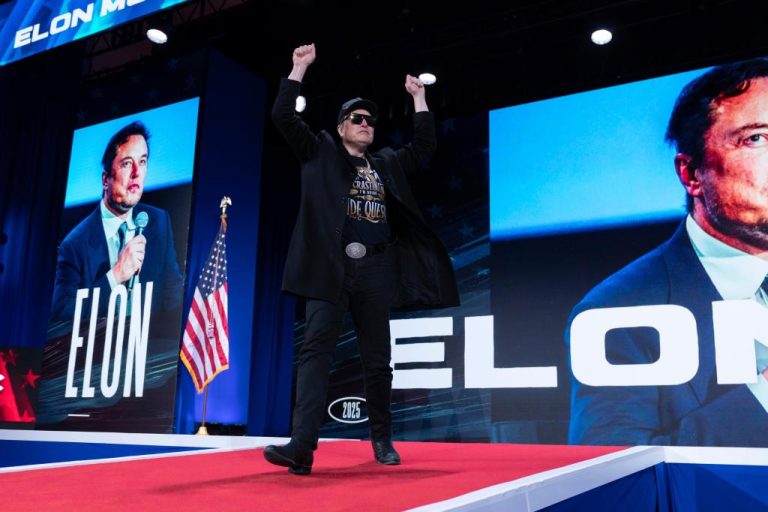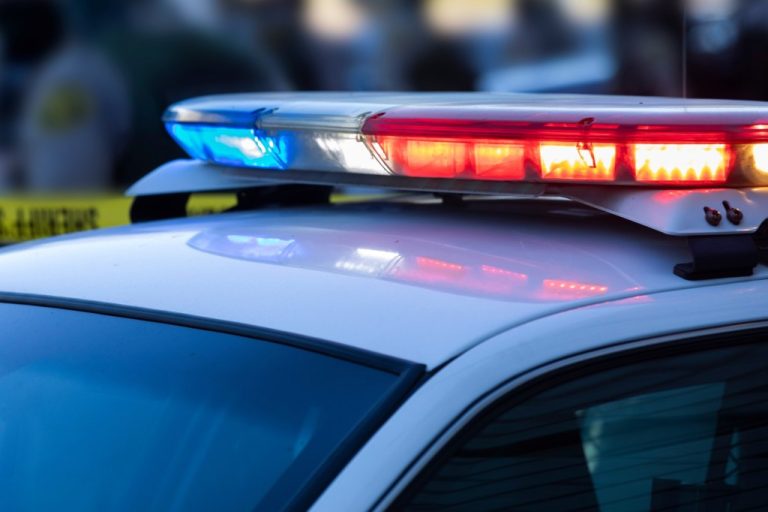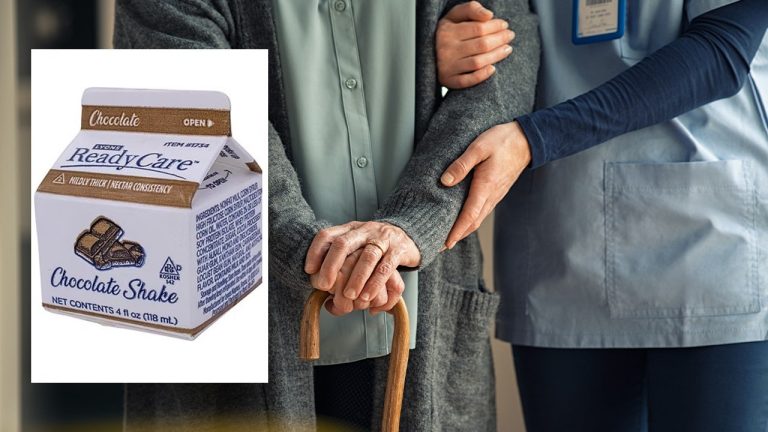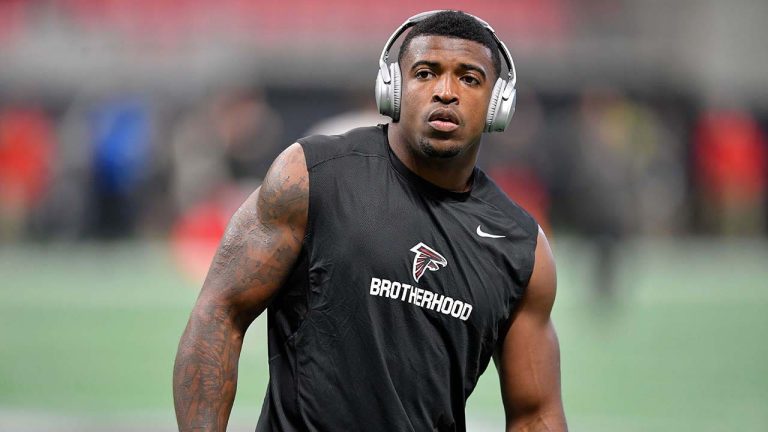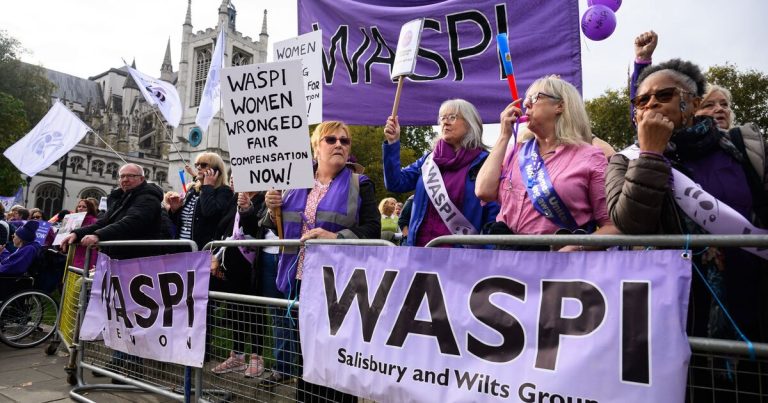

Shinn is a member of Families for Safe Streets San Diego, a group of families that have lost loved ones to traffic collisions or have survived serious crashes themselves. He lives in Downtown.
On July 20, 2021, my wife Laura was cycling to work in broad daylight in a bike lane on Pershing Drive in Balboa Park. A driver going 50 miles an hour drove into the unprotected bike lane and killed her. Her helmet, bright clothes, flashing lights and reflective panniers did not protect her.
Laura Shinn was an architect, urban planner, cyclist, teacher, hiker, inline skater and a strong advocate for sustainability, livable communities and complete, safe streets. She promoted her beliefs in her work, all her volunteer activities and her actions. She was also my life. We had been together for 40 years, since college. We were joined at the hip and did everything together. Losing her was like losing half of my body and soul.
My grief is worsened every time I hear an uninformed comment about road safety in our community.
“We do not want protected bike lanes in our neighborhood reducing traffic lanes and parking spaces.” My wife’s life would have been saved if those bike lanes had been protected. Studies from cities around the country have demonstrated the effectiveness of protected bike lanes to save lives without inconveniencing drivers.
Adding protected bike lanes and removing some parking benefits more than just cyclists. Local businesses see as much as a 49 percent increase in retail sales from new protected bike lanes. People who cycle to local shops spend up to 24 percent more than those who drive and they shop more frequently. Adding protected bike lanes to streets reduces injury crashes for all road users by 58 percent and does not increase traffic congestion over time. If Pershing Drive had a protected bike lane, Laura would be riding with me today.
Another hurtful and inaccurate comment I hear is “We don’t have the money to pay for protected bike lanes.”
San Diego is the most expensive place to live in the U.S., but for bike safety we are ranked 11th, for bike infrastructure we are ranked 21st, and for bike commuting we are ranked 59th even with our fantastic year-round weather. Almost 60 percent of our city revenue comes from property and sales taxes. The city has money to increase investment in complete street designs that follow National Association of City Transportation Officials’ best practices to protect our most vulnerable. Our community members are dying at record levels, despite the city’s Vision Zero Plan which promises zero traffic deaths and serious injuries by 2025. In the city of San Diego, traffic deaths are at a 10-year high. Our city officials need to get beyond the politics, speeches, delays and excuses and start creating real progress to save lives. With the right policies and political will, tragic deaths like Laura’s can be prevented.
On Friday at 4:30 p.m., Families for Safe Streets San Diego will join communities across the country to commemorate the World Day of Remembrance for Road Traffic Victims. Join us at San Diego Civic Center Plaza as we remember loved ones, and community members killed in traffic violence, and urge our elected leaders to commit to implementing the evidence-based policies that we know save lives. We’ll be joined by Rep. Scott Peters and San Diego City Council members Raul Campillo, Stephen Whitburn, Joe LaCava and Sean Elo-Rivera.
On World Day of Remembrance, we are calling on Mayor Todd Gloria and the City Council to make life-saving commitments, including:
- Adding protection to 75 miles of bikeways along upcoming slurry and capital improvement projects.
- Updating the city’s Street Design Manual using the current best practices according to National Association of City Transportation Officials’ Urban Street Design Guide and Urban Bikeway Design Guide.
These are proven tools and will start making meaningful progress towards San Diego’s Vision Zero Plan promises. In memory of Laura and the 804 people we’ve lost to preventable roadway crashes since the promise of Vision of Zero, we must hold our elected officials and traffic engineers accountable for keeping us alive.


